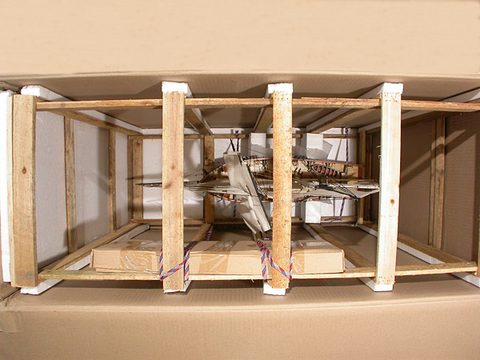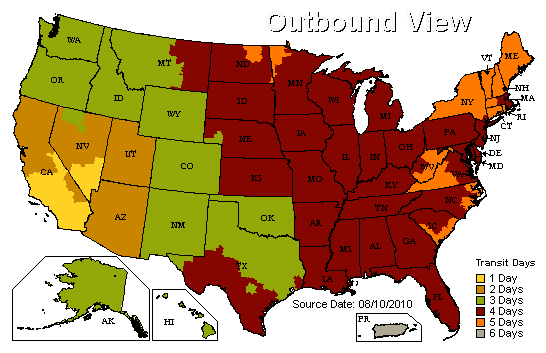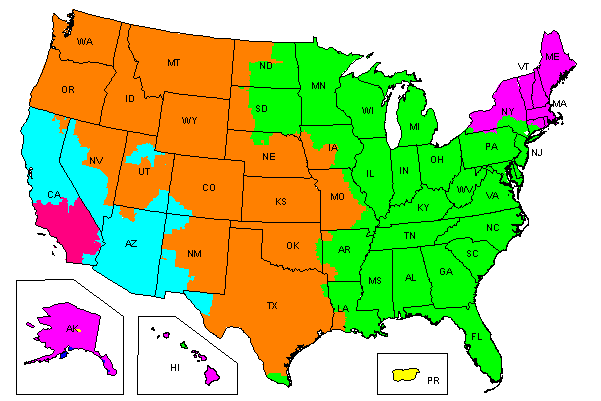USCG Cedar WAGL-207 — Kit #4-187 — 1/350 Scale
All Iron Shipwrights 1/350 Scale Model Kits include a full resin hull, detailed resin parts, photo-etch parts, and complete instructions for ultimate historical accuracy.
Overview
This highly detailed 1/350 scale kit represents USCG Cedar (WAGL-207). The kit is supplied unassembled and unpainted — if the product photo shows a completed model, your kit will arrive brand new and uncompleted.
Kit Includes
- Full resin hull
- Precision resin components and castings
- Photo-etch parts for fine detail
- Complete assembly instructions
- Decals for all ships in its class are included.
- Excellent customer support with free replacement parts — no questions asked
Historical Summary
The United States tender Cedar was a sea‑going tender designed for Alaskan waters. Commissioned 30 June 1917, she measured 200' 8 in length and 36' 6 beam and was the largest tender built for the Lighthouse Service. Cedar was equipped with radio and, during World War I, served as a Navy patrol vessel before returning to lighthouse duty. During World War II she held the designation WAGL‑207 and operated out of Ketchikan and the Aleutian Islands. After the war she resumed peacetime duties and was decommissioned 29 June 1950.
- Vessels with the WAGL/WLB designation were built to maintain aids to navigation (buoys, lights), support search-and-rescue, and perform law‑enforcement, ice‑breaking and general aids-to-navigation support for their districts.
- Typical service life: commissioned for wartime/post‑war service, operated from a regional homeport tending coastal and offshore aids, and was later reclassified in Coast Guard records as designations evolved. Many of these tenders served for decades before being decommissioned, transferred, or disposed of.
Model Notes
The Iron Shipwrights kit represents Cedar in her WWII fit with a raised gun platform on the forecastle. Minimal modification is required for alternate fittings; the builder example omitted guns and the platform to model a peacetime appearance. Photo‑etch and rigging details enhance realism. Paints and aftermarket items used in the build example included Testors British Gulf Armor Light Stone (buff), Engine Gray for decks, and Colourcoats Norfolk Anti‑Fouling Red.
Scale & Model Length
Approximate model length at 1/350 scale (assuming a standard 180 ft seagoing buoy tender): 6.2 inches. If you have the ship’s exact overall length, provide it and we can recompute the model length precisely.
Important Information
- Model kit does not include a display stand.
- Model arrives unassembled and unpainted.
Manufacturer: Iron Shipwrights • Scale: 1/350 • Kit #: 4-187
























